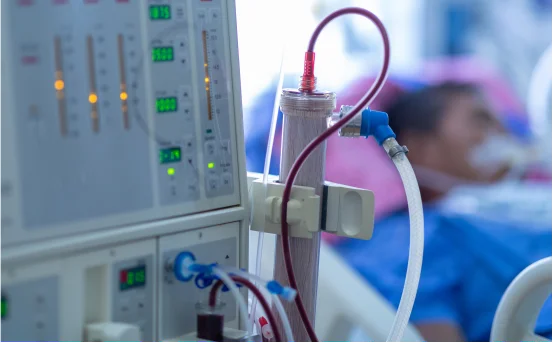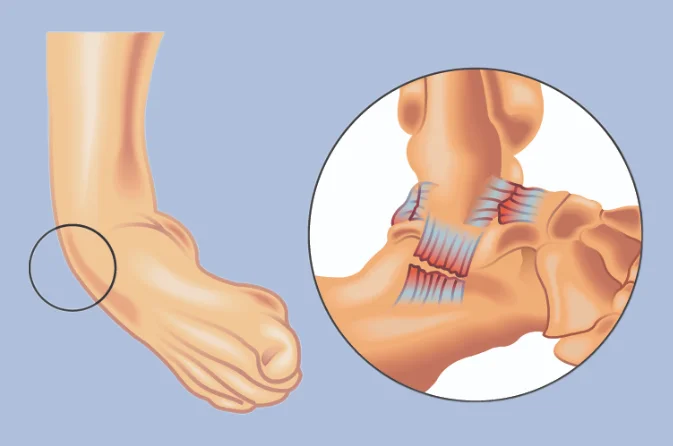Types of dialysis is a life-saving medical treatment that helps individuals with end-stage kidney disease or severe kidney dysfunction remove waste, excess fluids, and toxins from the blood. When the kidneys can no longer perform their natural function, dialysis steps in to take over the job. There are different types of dialysis, each suited to the needs and medical conditions of the patient.
When your kidneys stop functioning properly, waste products, fluids, and excess toxins start to build up in the body. This condition, known as kidney failure or end-stage renal disease (ESRD), can be life-threatening if not treated on time. One of the most effective medical treatments available for managing kidney failure is kidney dialysis a process that performs the essential functions of the kidneys when they can no longer do so themselves.
What is Dialysis?
Dialysis is a medical process that mimics the kidney’s function of filtering blood. It is required when kidney function drops below 10-15% of its normal capacity. Dialysis helps maintain a balance of water, minerals, and electrolytes, and removes wastes like urea and creatinine from the bloodstream.
There are two main types of dialysis :-
-
Hemodialysis
-
Peritoneal Dialysis
In certain cases, a less common form called continuous renal replacement therapy (CRRT) may be used, especially for critically ill patients.
Hemodialysis
What is Hemodialysis?
Hemodialysis is the most widely used form of types of dialysis. In this method, blood is removed from the body, filtered through a dialyzer (artificial kidney), and returned to the body. The dialyzer removes waste products, excess fluids, and toxins.
Procedure
During hemodialysis :-
-
Blood flows from the patient’s body through a catheter or fistula into the dialyzer.
-
The dialyzer contains a semi-permeable membrane and a dialysate solution that removes waste.
-
Cleaned blood is returned to the body.
Each session usually takes 3 to 5 hours and is performed three times a week at a dialysis center or at home (with training and support).
Types of Hemodialysis Access
-
Arteriovenous (AV) Fistula :- A surgically created connection between an artery and a vein, usually in the arm.
-
AV Graft :- A synthetic tube used to connect the artery and vein.
-
Central Venous Catheter (CVC) :- A temporary tube placed in a large vein in the neck or chest.
Pros of Hemodialysis
-
Performed by professionals in a controlled medical environment.
-
Less frequent than peritoneal types of dialysis.
-
Suitable for patients not comfortable with home treatment.
Cons of Hemodialysis
-
Time-consuming and requires regular visits to a dialysis center.
-
May cause low blood pressure, muscle cramps, or fatigue post-treatment.
-
Vascular access can lead to infections or complications.
Peritoneal Dialysis
What is Peritoneal Dialysis?
Peritoneal dialysis uses the lining of the abdomen (peritoneum) as a natural filter. A special fluid called dialysate is infused into the abdominal cavity through a catheter, where it absorbs waste products from blood vessels in the peritoneum and is later drained out.
Procedure
-
A catheter is surgically placed into the abdominal cavity.
-
Dialysate is infused and left in the abdomen for several hours (dwell time).
-
The fluid absorbs waste and is then drained.
-
This process is repeated multiple times a day.
Types of Peritoneal Dialysis
- Continuous Ambulatory Peritoneal Dialysis (CAPD)
-
Manual exchange of fluid done 3-5 times a day.
-
Each exchange takes about 30-40 minutes.
-
Performed without a machine.
- Automated Peritoneal Dialysis (APD)
-
Performed using a machine (cycler) at night during sleep.
-
Automatically fills and drains dialysate multiple times.
-
Ideal for people who want more flexibility during the day.
Pros of Peritoneal Dialysis
-
Can be done at home or while traveling.
-
More flexible schedule, especially with APD.
-
No need for needles or blood access.
Cons of Peritoneal Dialysis
-
Higher risk of infection (peritonitis).
-
Requires patient discipline and cleanliness.
-
May not be suitable for people with abdominal surgery or hernias.
Continuous Renal Replacement Therapy (CRRT)
What is CRRT?
CRRT is a slow and continuous form of types of dialysis used in ICU settings for critically ill patients with acute kidney injury (AKI). It mimics natural kidney function more closely and is less likely to cause a sudden drop in blood pressure.
Procedure
-
Blood is continuously passed through a hemofilter for 24 hours or more.
-
Waste and fluid are removed gradually.
-
CRRT can be adjusted based on the patient’s condition and needs.
Pros of CRRT
-
Better tolerated by unstable or critically ill patients.
-
Gentle on the cardiovascular system.
-
Can be personalized for optimal fluid and solute removal.
Cons of CRRT
-
Requires hospitalization and intensive monitoring.
-
Expensive and resource-intensive.
-
Risk of blood clots and infections from catheters.
Choosing the Right Type of Dialysis
Choosing the right types of dialysis method depends on several factors :-
-
Medical Condition :- Chronic kidney disease vs. acute kidney injury.
-
Lifestyle :- Flexibility, travel, work, and home support.
-
Age and Comorbidities :- Older adults or those with heart disease may tolerate one type better than another.
-
Personal Preference :- Some may prefer home-based treatments while others may feel safer in a clinical setting.
Can Dialysis Be Temporary?
Yes, in some cases such as acute kidney injury (AKI), dialysis may be needed only temporarily. Once the kidneys recover, types of dialysis can be stopped. However, for patients with end-stage renal disease (ESRD), types of dialysis is typically a long-term or lifelong treatment unless they receive a kidney transplant.
Conclusion
Dialysis plays a crucial role in managing kidney failure and improving the quality of life for affected individuals. Understanding the types of dialysis hemodialysis, peritoneal dialysis, and CRRT can help patients and families make informed decisions in consultation with their healthcare provider. Each method has its own advantages and challenges, and the choice should be guided by the patient’s medical status, lifestyle, and preferences.























